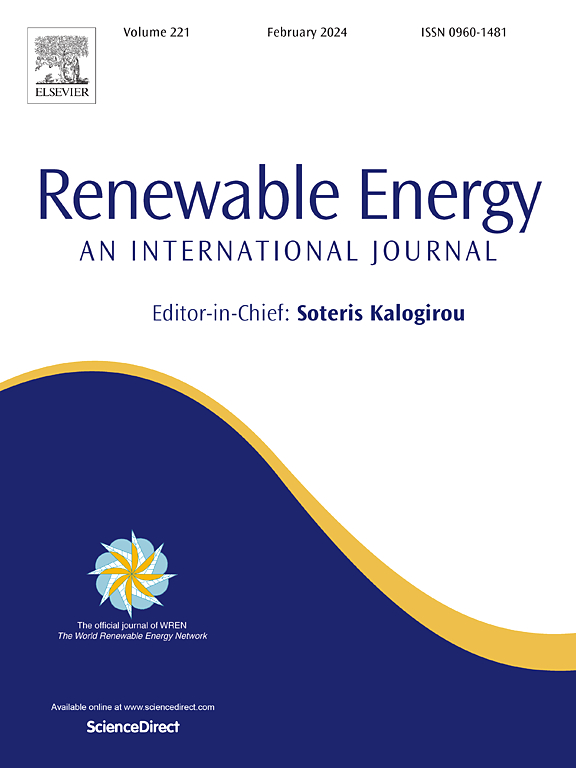Delineating crustal domains favorable for exploring enhanced geothermal resources based on temperature, petro- and thermophysical properties of rocks: A case study of the Soultz-sous-Forêts geothermal site, France
IF 9
1区 工程技术
Q1 ENERGY & FUELS
引用次数: 0
Abstract
The study aims to develop a novel approach to delineating the domains in the crust suitable for exploring enhanced geothermal resources. Contrary to existing approaches based on interpolation/extrapolation of the geotherms and assessment of fracturing in the vicinity of drilled exploratory boreholes, it is based on using deep 2-D models of the temperature, petro- and thermophysical properties of rocks determined from magnetotelluric sounding results. Their joint analysis in the framework of the numerical scheme including principal component analysis, self-organizing maps, and K-means clustering is carried out. A cluster cross-section of all considered parameters along the profile intersecting Soultz-sous-Forêts (France) enhanced geothermal system is built, which could be regarded as a temperature, petro- and thermophysical “passport” of the study area to be used for delineating the domains in the crust satisfying different criteria and helping to quantify geothermal resources. It is demonstrated that classification based on temperature and permeability models provides sufficient information to delineate crustal domains favorable for exploring enhanced geothermal resources. In particular, two targets with sufficiently high matrix permeability and temperature are determined. Implementing the developed approach may guide the location and optimal depth of exploration/exploitation boreholes, greatly reducing the total drilling costs and the environmental impact.

这项研究旨在开发一种新方法,用于划定适合勘探强化地热资源的地壳区域。与现有的基于地温内插法/外推法和钻探井眼附近断裂评估的方法不同,该方法的基础是使用根据磁辐射探测结果确定的岩石温度、岩石和热物理性质的深层二维模型。在包括主成分分析、自组织图和 K-means 聚类在内的数值方案框架内,对它们进行了联合分析。沿着与 Soultz-sous-Forêts(法国)强化地热系统相交的剖面,建立了所有考虑参数的聚类横截面,可将其视为研究区域的温度、岩石和热物理 "护照",用于划分满足不同标准的地壳区域,并帮助量化地热资源。研究表明,基于温度和渗透率模型的分类提供了足够的信息,可用于划分有利于勘探强化地热资源的地壳区域。特别是,确定了两个具有足够高的基质渗透率和温度的目标。采用所开发的方法可以指导勘探/开采钻孔的位置和最佳深度,从而大大降低钻探总成本和对环境的影响。
本文章由计算机程序翻译,如有差异,请以英文原文为准。
求助全文
约1分钟内获得全文
求助全文
来源期刊

Renewable Energy
工程技术-能源与燃料
CiteScore
18.40
自引率
9.20%
发文量
1955
审稿时长
6.6 months
期刊介绍:
Renewable Energy journal is dedicated to advancing knowledge and disseminating insights on various topics and technologies within renewable energy systems and components. Our mission is to support researchers, engineers, economists, manufacturers, NGOs, associations, and societies in staying updated on new developments in their respective fields and applying alternative energy solutions to current practices.
As an international, multidisciplinary journal in renewable energy engineering and research, we strive to be a premier peer-reviewed platform and a trusted source of original research and reviews in the field of renewable energy. Join us in our endeavor to drive innovation and progress in sustainable energy solutions.
 求助内容:
求助内容: 应助结果提醒方式:
应助结果提醒方式:


